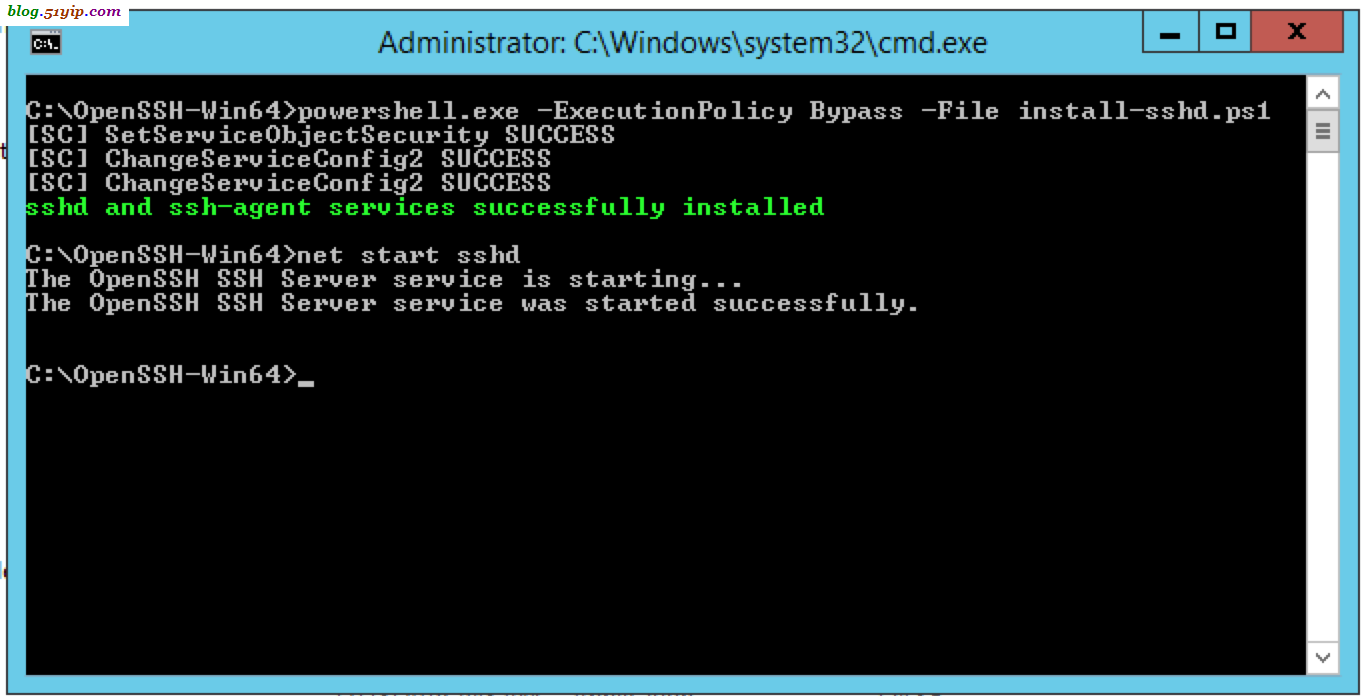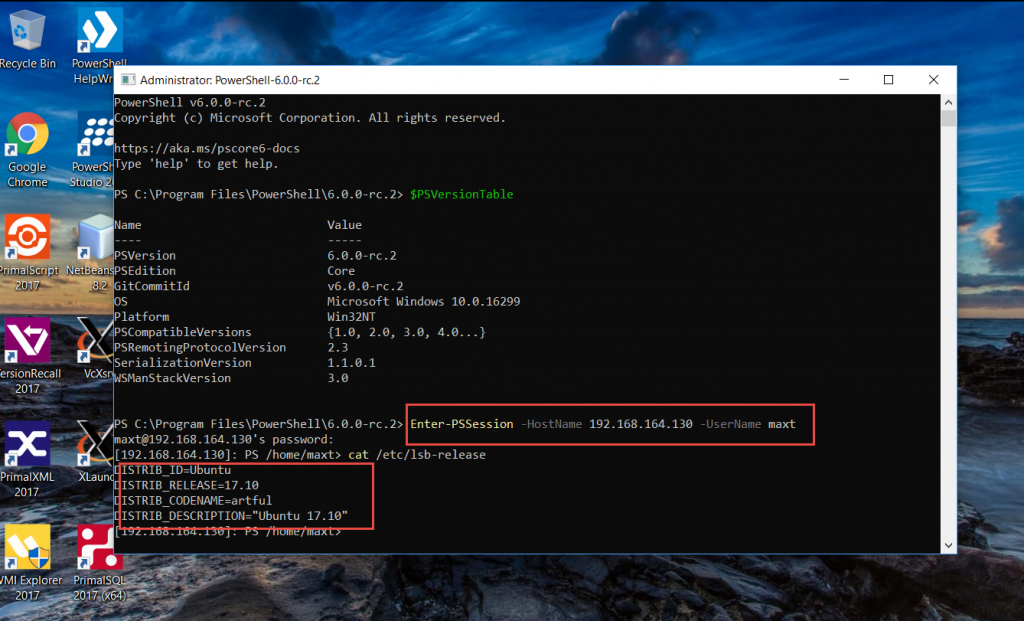

OpenSSH includes a range of components and tools designed to provide a secure and straightforward approach to remote system administration. SSH is based on a client-server architecture where the system the user is working on is the client and the remote system being managed is the server. OpenSSH has been added to Windows (as of autumn 2018), and is included in Windows Server and Windows client. OpenSSH is the open-source version of the Secure Shell (SSH) tools used by administrators of Linux and other non-Windows for cross-platform management of remote systems. You may need to restart Windows afterwards if the service was in use at the time it was uninstalled. In the list, select OpenSSH Client or OpenSSH Server.
#OPENSSH WIN64 WINDOWS 10#
If necessary, configure the service to start automaticallyĭepending on your configuration, remember to allow incoming connections on port 22.Applies to Windows Server 2022, Windows Server 2019, Windows 10 (build 1809 and later) Open Settings, then go to Apps > Apps & Features. Open Windows Service Manager and search for OpenSSH SSH Server, by default it is stopped. If the installation is successful, the message is displayed: sshd and ssh-agent services successfully installed. Scroll down until OpenSSH Client (beta) and OpenSSH Server (beta) become visible. Select 'OpenSSH Client' in the results list so that it becomes checked. Select 'add a feature' on the manage optional features page. Type openssh in the search box and press Enter.
#OPENSSH WIN64 INSTALL#
Run the install-sshd.ps1 PowerShell script You can install both OpenSSH features in the following way: Use the shortcut Windows-I to open the Settings application. It is also possible to configure an OpenSSH server on Windows Server with Win32 OpenSSH which will allow you to connect to the Windows server in the same way as a Linux OS.įrom a PowerShell window, go to the C: \ Program Files \ OpenSSH-Win64 \ folder, in the folder is a PowerShell script that will configure the server part. To connect to a server (Linux) enter the command ssh USER IP_SERVER Install the OpenSSH server on Windows Server 2012R2 / 2016 This command should return the various parameters of the SSH utility. The public key may be preceded by options that control what can be done with the key. Lines starting with and empty lines are ignored. Only installs on 64-bit versions of Windows. Format of the Authorized Keys File In OpenSSH, a users authorized keys file lists keys that are authorized for authenticating as that user, one per line.


The easiest way to find out if it’s okay is to enter the ssh command. Installs the most commonly used essentials of Win64 OpenSSL v1.1.1q (Recommended for users by the creators of OpenSSL). Use the SSH client of Windows Server 2012R2 / 2016 On Windows 2012R2, add at the end C: \Program Files\OpenSSH-Win64\Īdd the location of the OpenSSH folder: C:\Program Files\OpenSSH-Win64\ 1 and click on OK 2. In the System variable part, find the Path 1 variable, once selected, click on the Modify 2 button. On the Advanced system parameters tab, click on the Environment variables 1 button. Open the system window and click on Advanced system settings 1.
#OPENSSH WIN64 FULL#
The SSH client is now functional, but for ease of use, we will configure its location in the environment variables so as not to have to call the executable by its full path.
#OPENSSH WIN64 ARCHIVE#
Now, we will copy the folder from the unzipped archive to the C: \ Program Files folder. Once the archive has been downloaded, unzip it. Go to the realeases page and download the latest version available corresponding to the architecture of the Windows installation (32 or 64 bits). The first step is to retrieve from the GitHub repository PowerShell/Win32-OpenSSH: Win32 port of OpenSSH (), the latest version available.


 0 kommentar(er)
0 kommentar(er)
